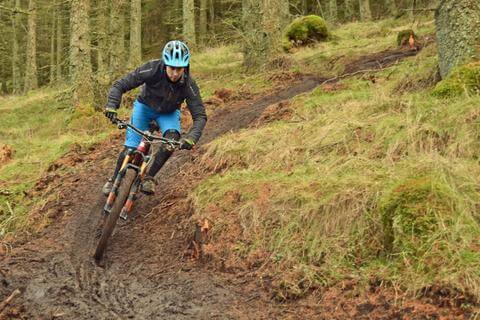Are you ready to ride this fall and winter? No matter where you live from sunny San Diego to Maine everyone needs layers to wear while riding. Here are some suggestions on items to have with you so you're prepared no matter where you live or ride.
Cold-weather gear extends your riding season earlier into spring and later into fall. Rain/wind protection is a wise addition to your pack year round. Add insulating layers and you can be ready to roll any time the forecast mentions “cold front.

1. Baselayers
We begin with base layers. Base layers are the foundation of a successful winter outfit. The three most important pieces of clothing for cold weather cycling clothing are the baselayer, jacket, and gloves. At a minimum; selecting solid pieces for the baselayer, jacket, and gloves will provide effective layering and completely cover the most important areas bodily of heat loss. If the cold becomes extreme one must consider covering the toes and head in addition to the core and hands. The winter base layer is meant to keep your core muscles warm and ready for activity. Layering is a great way to help thermoregulate your body throughout a long day riding, and as the weather changes your layering system will either make or break your ability to compensate for change in temperature and weather conditions. In cycling common base layering consists of arm & leg warmers, and tights.



Shop Base Layers Shop Arm & Leg Warmers Shop Tights

2. Outer Layers
Base layers are just the foundation for a effective layering system. As we move from closest to the body outwards the next phase of layering commonly includes jackets, vests, shoe covers, headwear, and full finger gloves. These exterior layers provide a shield from harsh elements and cold temperatures, but are easily shed if the sun decides to peak out on a grueling climb. The ability to adapt your apparel layering system to the ever changing environment as we ride is crucial to you feeling your best and riding your fastest!





3. Cycling Shoe & Toe Covers
Toe and shoe covers provide an extra layer of insulation and protection from the elements for your feet. Whether cold, wet, or the both this piece of equipment can meant he difference between a fun winter ride and frozen toes. Either just toe covers or entire booties this product is typically made of neoprene or something similar which provides insulation and water resistance. The covers will feature holes to allow cycling cleats to protrude from the shoe and should be worn when riding only. Shoe covers are great for the coldest of riding weather, while toe covers can take the chill off of a morning route and get tossed in your jersey pocket as day breaks.


Warmth (But Not Too Warm)
The colder the conditions, the thicker the base layer you should use — it's as simple as that.
Tip: Keep in mind before the start of a long climb, remove layers until you feel cool. If you start out feeling warm and comfortable, you’re likely to feel overheated for most of the climb.
How warm do you want your base layer to be obviously that depends on how warm you naturally are, and how warm you want to stay. Some people can ride in sub-zero conditions with just a thin base layer and a shell, while others need three inches of fleece just to go out in autumn.
Now that you know what steps to take when planning a night ride, get out there and take the night back! Grab some lights and some best buds; the trails are empty and the critters are out! Enjoy yourself, stay safe, and keep it rolling!








